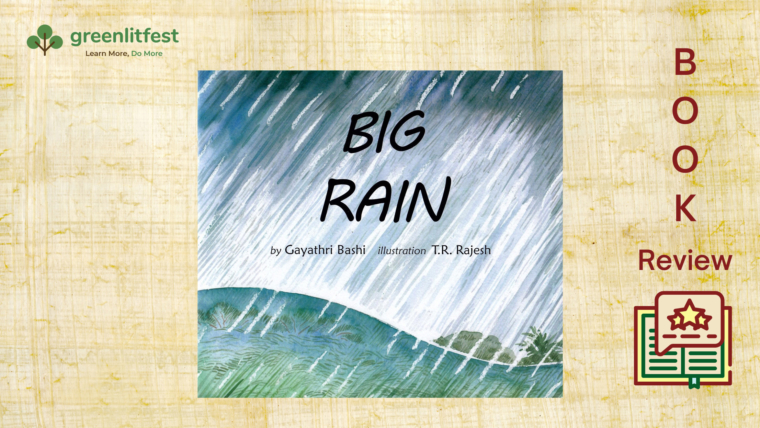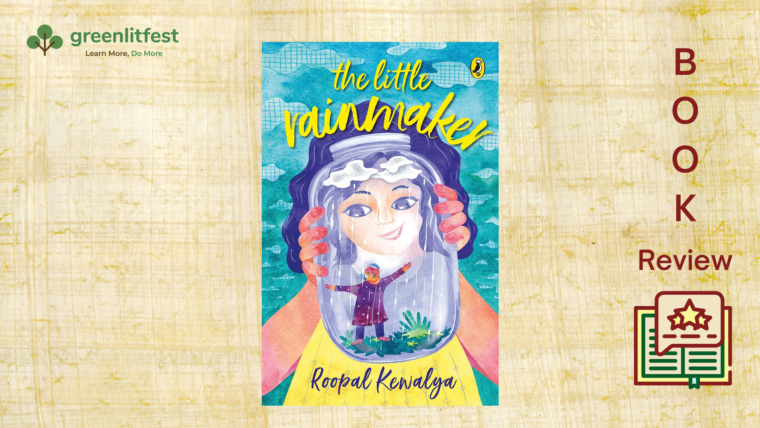Making Friends with Snakes (but from a distance) is an apt name for a children’s book that begins with the premise that snakes can be scary but only because they are often maligned and misunderstood (also see: Snakes in Indian Children’s Literature). The book dispels popular myths about snakes, talks about different types of snakes and their peculiarities and gives us the appropriate information we need to keep ourselves safe in their company.
Written and illustrated by Rohan Chakravarty, the celebrated creator of ‘Green Humour’, the book is a hilarious, graphic tale, told from the snakes’ point of view. It plays out through a conversation between Naagin and Dhaman, two friendly snakes and a bunch of children who are about to hurt them. The snakes explain themselves to the children with details about their personalities, their food preferences and how they are afraid of humans because they tower over them.
We are introduced to the four common types of venomous snakes – the Spectacled Cobra, the Saw Scaled Viper, the Common Krait and the Russel’s Viper – along with their characteristics and the places they like to hang out. The snakes point out simple ways in which we can avoid frightening them when we are outdoors. What is common to all snakes is that even when threatened, they will first warn humans in multiple ways before they attack. Despite their best efforts, snakes are forced to bite resulting in fifty thousand snake bite accidents a year. The book closes with do’s and don’ts in the case of snake bites.
The witty, conversational style and the comic book format makes this book highly accessible for readers who are able to read on their own.
Not all animals are created equal. While this quote from George Orwell’s ‘Animal Farm’ refers allegorically to disparities in society, it very well applies to how likeable animals are to us. Deers or rabbits have endearing stories woven around them while snakes have unfortunately garnered a negative reputation despite their important role in our ecosystem. The best way to address this imbalance is through books for children such as this one, which is as delightful as it is informational and eye-opening. It skillfully shows how predators can also feel under threat. Most importantly, it shows us the critical need to understand the behaviour of species around us so that we can co-exist with them peacefully.
(Also available in various other languages on the Storyweaver platform)
By Aparna Kher



